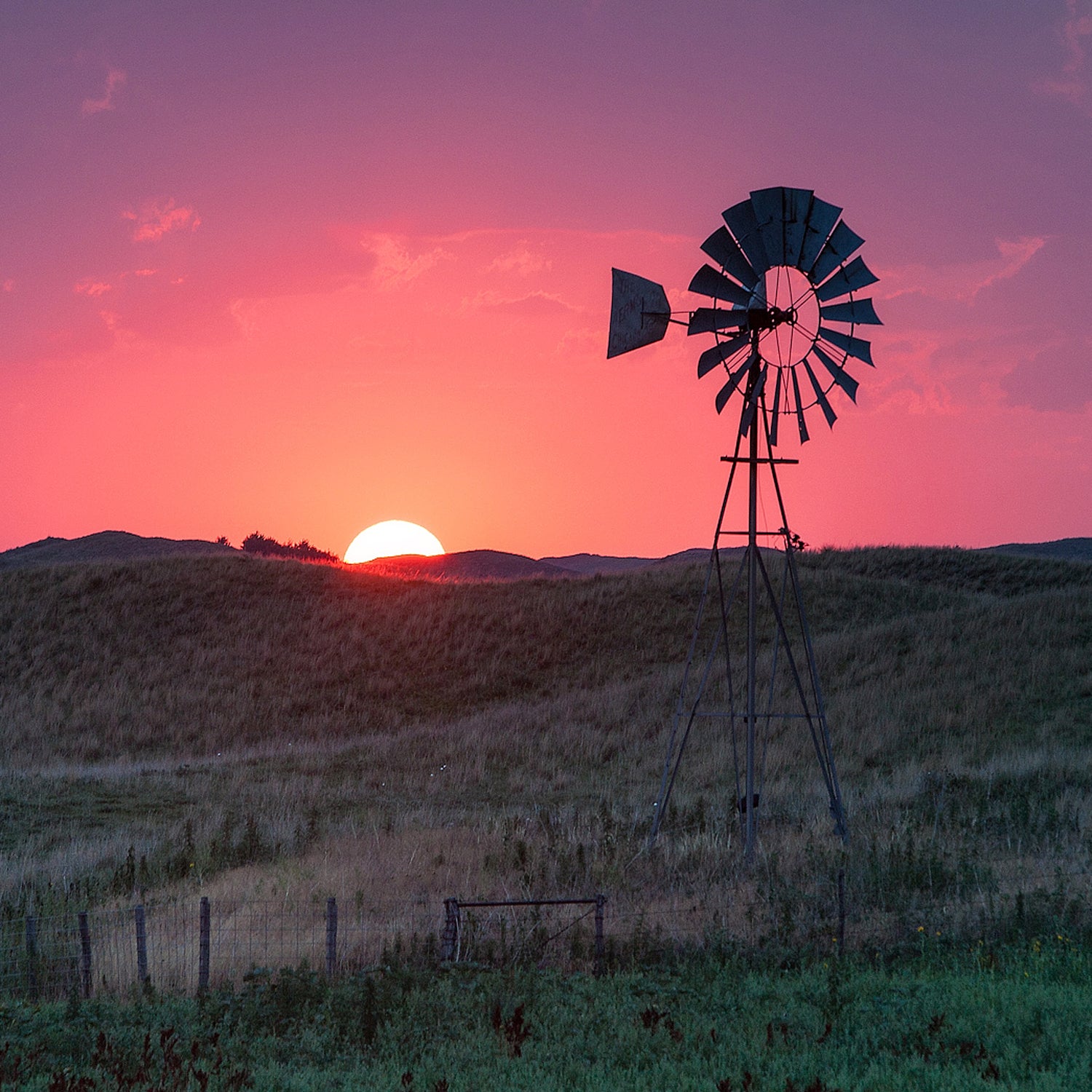Opponents of the Keystone XL pipeline contend that a leak in the line would almost certainly ruin one of the country’s largest and most important aquifers. Their contention is incorrect.
To understand just how the Ogallala Aquifer works requires a brief introduction to its geology. The Ogallala is a rock formation made of varied layers of sandstones, conglomerates, and siltstones. These layers were created from deposits laid down by ancient rivers flowing off the Rocky Mountains. Held within this rock formation is the fresh, abundant water that gives the High Plains one of the most reliable water supplies in the world. The water flows at varying rates, depending upon the nature of the materials hosting it. In some places, the flow might be just a few feet a year—in other places, a few hundred feet a year.
This subsurface water is not wide-open like a lake; it is held within the pores of sedimentary rocks. Nebraska is particularly fortunate because 66 percent of the water in the Ogallala Aquifer is within the state. This water is prevented from flowing southward into Kansas, Oklahoma, and Texas by the deeply incised Republican River. So although the aquifer’s water is being heavily depleted in states to the south, there is abundant water in Nebraska that is currently being managed in a wise and sustainable manner.
Here’s why this water is not at risk from a leak in the Keystone XL pipeline:
About 75 to 80 percent of the aquifer’s groundwater lies upgradient, or uphill, from the revised pipeline route. As water engineers have pointed out, an oil spill would move downgradient, so groundwater wouldn’t be contaminated by leakage from the pipeline.
For nearly all of the 20 to 25 percent of the aquifer that is downgradient, the top of the aquifer is separated from the pipeline by 50 feet or more of unsaturated material that contains enough fine-grained sediments to protect the aquifer from the effects of a leakage.
Extrapolating from in Minnesota and from my own field experience (I have drilled and logged and analyzed more than 1,100 Ogallala test holes), leakage from the pipeline would be localized within a short distance from the pipeline, greatly limiting any deleterious impacts. These conclusions are similar to the conclusions from the Nebraska Department of Environmental Quality and the coordinated by the United States Department of State.
Knowing the aquifer as well as I do, I encourage everyone to look at the science rather than be swayed by emotional misconceptions, well meaning though they may be.
James W. Goeke is a retired Professor Emeritus who worked as a research hydrogeologist for 41 years with the University of Nebraska Conservation and Survey Division.


